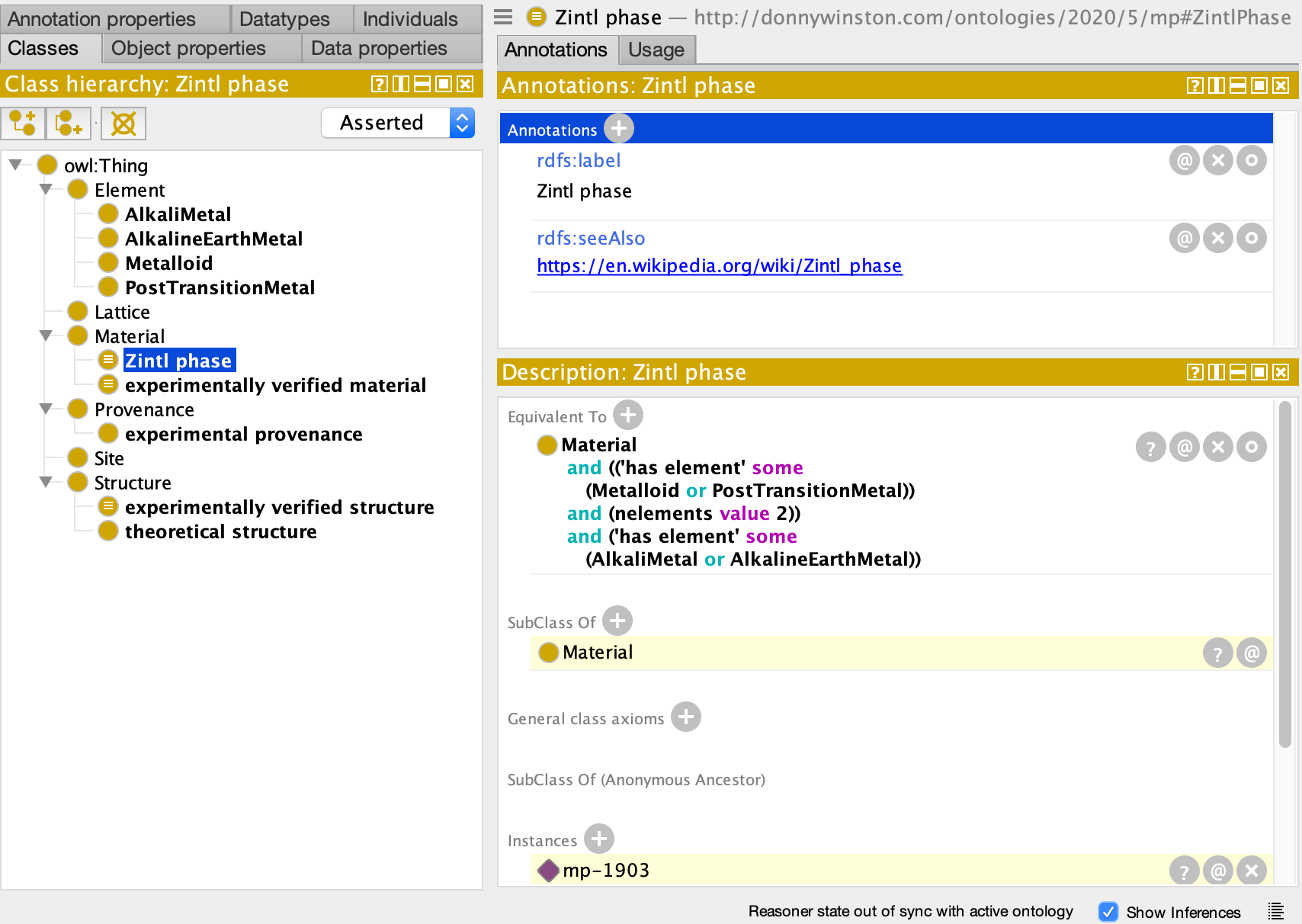Some queries can be optimized; others can’t. This is due to the structure of the query itself, which in turn is due to the structure of the underlying data. “Sargable” is database-speak for Search ARGument ABLE . 1 A query is sargable if it can be optimized, e.g. by creating and using an index. It’s a good idea to write sargable queries.
Open Science and Open Data need not be binary efforts. You can curate and nurture a “core” comprised of fully-open, public data. Surrounding that, you can have a layer open to your organization, but not the public. And surrounding that, you can have a layer open to your team, but not the broader organization.
Feedback taken without knowing the specific outcome it will be used to adjust, is not feedback. It may be input of some sort, but for what system? What does it feed? To what does it link? Below is a schematic of well-defined feedback.
For the Jewish holiday of Passover, guidance is provided as to how to explain its interface when onboarding various identified end users. In particular, four types of children are identified. The so-called “wise” child asks about features and how to accomplish tasks in the ideal manner.
Data-driven programming means that you change the logic of a program by changing data rather than code. A good example is statistical spam filtering. 1 The conventional approach is to continually update and maintain code that describes relevant patterns to match and that implements conditional logic based on elaborate pattern-matching.
Word games are a technique for troubleshooting problem statements. They are usually cheaper than unwanted solutions. They expose ways that well-intentioned problem solvers trip over a misunderstood word, a misplaced comma, or ambiguous syntax. 1 In the dictionary game, you make a list of a dictionary’s meanings for each word in the original sentence. Then, you try to apply each of those meanings in turn.
You’ve collected a sample of important questions that you want a data system to answer. 1 How do you ensure the system will be able to answer those particular questions? You might have the questions “in mind” as you design and develop a data model, process recorded observations to fit that model, write queries against that model, and process query results into readable answers.

I decided to build on my “20 queries” exercise and draft a partial ontology for materials using Protégé, an open-source ontology editor. I’ll focus discussion here on named restriction classes for materials. For example: what materials belong to the Zintl phase?
Homology deals with substructure similarity. For example, the structures of concern may be gene sequences – structures with clear reification as physical arrangements of atoms. An example technique for evaluating such structural homology among genes is k-mer search.
A scientific database cannot be everything to everyone. Jim Gray came up with the “20 queries” heuristic. What are the 20 most important questions the researchers want the data system to answer? 1 Five questions are not enough to see a broader pattern, and 100 questions would dilute focus. Also, the relative information in queries ranked by importance is likely to be logarithmic – a “long tail” distribution.
What makes data reliable? A recent article 1 outlines five properties. It’s “clean” – formatted uniformly, conforming to certain rules/schema, etc.